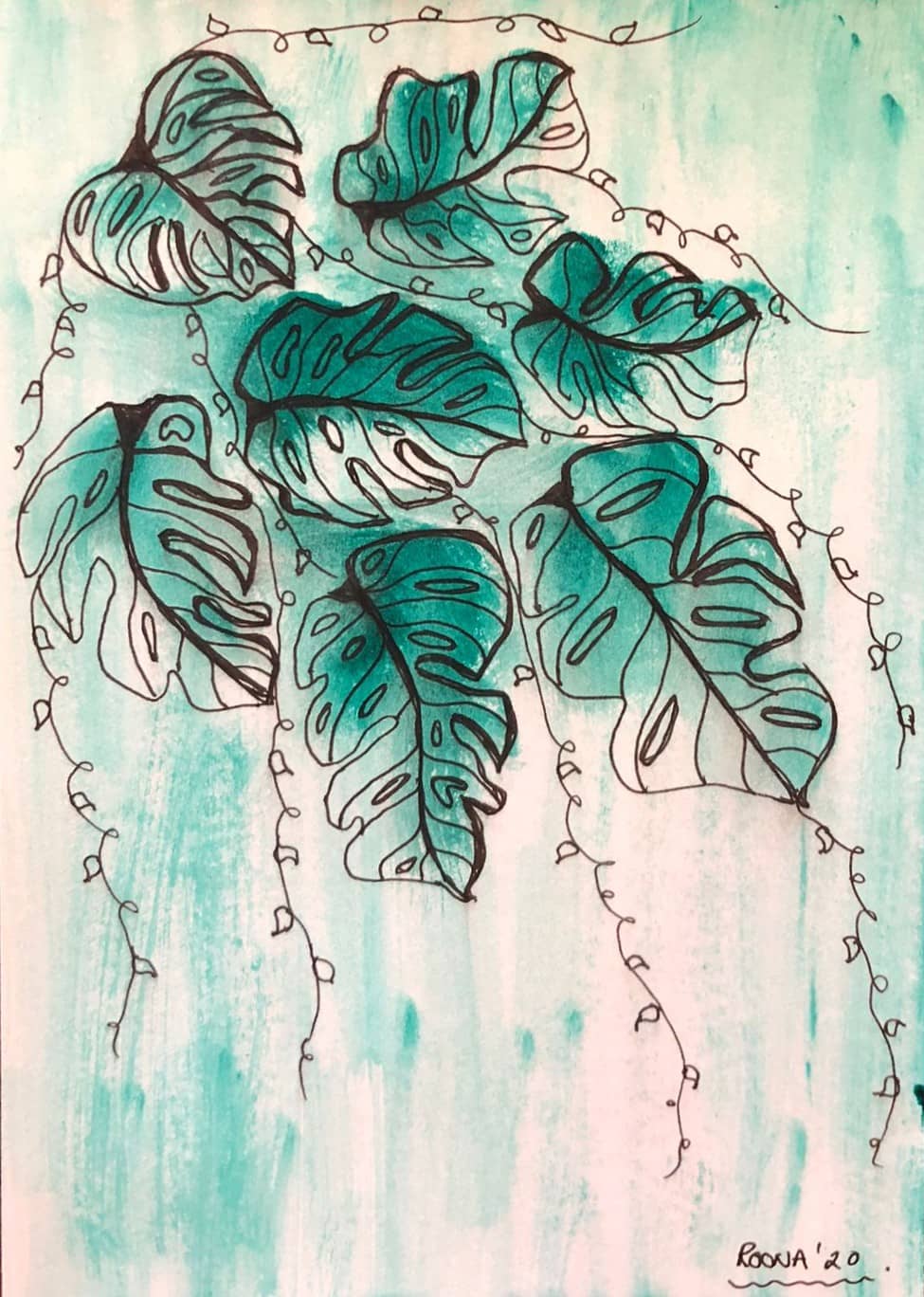
7 Perfect Spots in Your Patchogue Home for Displaying Original Paintings
Making the Most of Your Patchogue Home's Art Display Potential
Your Long Island home offers unique opportunities for displaying original artwork, from the abundant natural light that flows through coastal-style windows to the spacious layouts common in Patchogue neighborhoods. Whether you live in a classic colonial, a modern ranch, or a charming cape cod style home, these seven strategic locations will help you showcase original paintings to their fullest potential.
Understanding how to properly display artwork not only enhances your home's aesthetic appeal but also protects your investment in original pieces while creating focal points that reflect your personal style.
1. The Living Room Focal Wall
Why It Works
The living room serves as the heart of most Patchogue homes, making it the ideal location for your most impactful original painting. This space typically offers the largest wall area and receives the most foot traffic from family and guests.
Optimal Placement Tips
- Above the sofa: Hang artwork 6-8 inches above furniture, ensuring the piece spans 2/3 the width of your seating area
- Fireplace mantel area: If your Long Island home features a traditional fireplace, consider the space above as prime real estate for statement pieces
- Natural light considerations: Position paintings to avoid direct sunlight from south-facing windows common in Patchogue homes
Best Artwork Styles for Living Rooms
- Large landscape pieces that complement Long Island's natural beauty
- Abstract works with colors that tie your room's palette together
- Cultural or nature-inspired pieces that reflect your personal story
- Mixed media works that add textural interest to the space
2. The Entryway: Creating First Impressions
The Welcome Statement
Your home's entrance sets the tone for visitors and provides the first glimpse of your personal style. In typical Patchogue home layouts, entryways often feature:
- Narrow wall spaces perfect for vertical artwork
- Natural lighting from sidelights or windows
- High ceilings that can accommodate larger pieces
Strategic Display Ideas
- Gallery wall arrangements: Create visual interest with multiple smaller pieces
- Single statement piece: Choose artwork that immediately captures attention
- Seasonal rotation: Take advantage of easier access to change displays throughout the year
Lighting Considerations
Many Long Island homes feature beautiful natural light in entryways, but consider adding accent lighting for evening viewing and to highlight your artwork's details.
3. The Primary Bedroom: Personal Sanctuary
Creating Intimate Art Spaces
Your bedroom should reflect your most personal aesthetic preferences. This private space allows for more experimental or emotionally meaningful artwork choices.
Placement Options
- Above the headboard: Classic positioning that creates a luxurious hotel-like feel
- Opposite the bed: Artwork you can enjoy while relaxing
- Dresser or vanity area: Smaller pieces that complement your daily routine
Choosing Bedroom-Appropriate Art
- Calming colors: Soft blues, greens, and earth tones promote relaxation
- Personal significance: Pieces with special meaning or memories
- Appropriate scale: Avoid overwhelming artwork in intimate spaces
- Complementary themes: Nature scenes, abstracts, or cultural pieces that resonate with you
4. The Kitchen: Unexpected Art Opportunities
Beyond Traditional Kitchen Decor
Modern Long Island kitchens often feature open layouts with wall space perfect for original artwork. This room sees significant daily use, making it ideal for pieces that bring joy to everyday activities.
Smart Placement Solutions
- Above the breakfast nook: Create a cozy dining atmosphere
- End walls in galley kitchens: Utilize space that might otherwise remain bare
- Open shelving areas: Incorporate smaller pieces among functional items
- Kitchen islands: Consider the back side for artwork display
Practical Considerations
- Moisture resistance: Choose pieces with appropriate protective finishes
- Easy cleaning: Consider glass or acrylic protective covers
- Heat considerations: Avoid placement near stoves or heat sources
- Safety: Ensure secure mounting away from high-activity areas
5. The Home Office: Inspiration for Productivity
Motivational Art Environments
With more Long Island residents working from home, the home office has become a crucial space for displaying artwork that inspires creativity and productivity.
Optimal Viewing Positions
- Behind your desk: Creates an impressive backdrop for video calls
- In your line of sight: Provides inspiration during work breaks
- Near seating areas: Artwork visible during meetings or phone calls
Art That Enhances Work Spaces
- Energizing colors: Vibrant pieces that stimulate creativity
- Motivational themes: Artwork that reflects your professional goals
- Cultural significance: Pieces that remind you of your heritage or values
- Nature elements: Scenes that provide mental breaks from screen time
6. Stairway Galleries: Maximizing Vertical Space
Taking Advantage of Unique Architecture
Many Patchogue homes feature staircases that provide excellent opportunities for creating dramatic art displays. These vertical spaces allow for creative arrangements that would be impossible on standard walls.
Creative Display Strategies
- Ascending arrangement: Gradually increase artwork size as you move up
- Consistent spacing: Maintain even intervals between pieces for visual harmony
- Mix and match frames: Create interest while maintaining cohesion
- Lighting integration: Use track lighting or wall sconces to highlight each piece
Safety and Accessibility
- Secure mounting: Ensure all pieces are firmly attached to wall studs
- Height considerations: Keep lower pieces out of reach of foot traffic
- Maintenance access: Choose locations that allow for easy cleaning and adjustment
7. The Dining Room: Conversation Starters
Enhancing Social Spaces
Dining rooms in Long Island homes often serve as formal entertainment spaces where artwork can spark conversation and create ambiance for special occasions.
Traditional and Modern Approaches
- Above the buffet: Classic placement for horizontal pieces
- Corner arrangements: Utilize typically unused spaces
- Window wall integration: Work with existing architectural features
- Chandelier coordination: Ensure artwork complements existing lighting fixtures
Selecting Dining Room Art
- Appropriate themes: Avoid potentially disturbing imagery in eating spaces
- Color coordination: Work with existing dining furniture and linens
- Scale matching: Choose pieces proportional to furniture and room size
- Conversation pieces: Art that guests will want to discuss
Lighting Your Original Artwork
Natural Light Management
Long Island's coastal location provides beautiful natural light, but proper management is crucial for preserving artwork:
- UV protection: Use window films or treatments to filter harmful rays
- Seasonal adjustments: Account for changing sun angles throughout the year
- Time-of-day considerations: Observe how light changes affect your artwork's appearance
Artificial Lighting Solutions
- Picture lights: Direct illumination for individual pieces
- Track lighting: Flexible options for multiple artworks
- Recessed lighting: Clean, modern approach to art illumination
- Accent lighting: Create dramatic effects and highlight textures
Common Display Mistakes to Avoid
Height and Proportion Issues
- Hanging too high: Keep artwork at eye level (57-60 inches to center)
- Ignoring furniture relationships: Maintain proper proportional spacing
- Overwhelming small spaces: Choose appropriately sized pieces for room scale
Grouping and Arrangement Problems
- Inconsistent spacing: Maintain even gaps between multiple pieces
- Mismatched styles: Ensure cohesion in gallery wall arrangements
- Poor color coordination: Consider how artwork interacts with room colors
Environmental Concerns
- Direct sunlight exposure: Protect valuable pieces from UV damage
- High moisture areas: Choose appropriate locations for different media types
- Heavy traffic zones: Avoid placement where artwork might be bumped or damaged
Protecting Your Investment
Insurance and Documentation
- Photograph your displays: Document placement and condition
- Maintain purchase records: Keep receipts and authenticity certificates
- Review insurance coverage: Ensure adequate protection for your collection
- Professional assessment: Consider appraisals for valuable pieces
Regular Maintenance
- Cleaning schedules: Dust frames and glass regularly
- Condition monitoring: Watch for signs of damage or deterioration
- Professional conservation: Address issues promptly to prevent further damage
Creating Cohesion Throughout Your Home
Developing Your Personal Style
Your Long Island home should reflect a consistent aesthetic that flows from room to room while allowing for individual space personalities. Consider:
- Color palette consistency: Use artwork to tie together your home's overall color scheme
- Thematic connections: Choose pieces that relate to each other while suiting their specific locations
- Cultural representation: Incorporate artwork that tells your family's story
- Local connections: Include pieces by Patchogue and Long Island artists
Seasonal and Occasional Updates
- Rotating displays: Keep your home feeling fresh by occasionally switching pieces
- Holiday integration: Choose artwork that complements seasonal decorations
- Special occasions: Highlight certain pieces during entertaining
Working with Local Patchogue Artists
Custom Sizing and Commissions
Many local artists can create pieces specifically sized for your space and needs:
- Measure carefully: Provide exact dimensions for commissioned work
- Consider architectural features: Work around windows, doors, and built-ins
- Discuss color preferences: Ensure new pieces complement existing decor
- Plan for growth: Leave space for future additions to your collection
Building Relationships with Artists
- Studio visits: See how pieces will look in different lighting conditions
- Understanding the process: Learn about materials and techniques used
- Ongoing support: Develop relationships for future purchases and maintenance advice
Conclusion: Transform Your Patchogue Home with Art
Displaying original artwork in your Long Island home is both an art and a science. By carefully considering placement, lighting, and proportions, you can create stunning displays that enhance your living space while protecting your investment in local artists' work.
Remember that displaying art is a personal journey. While these guidelines provide helpful

